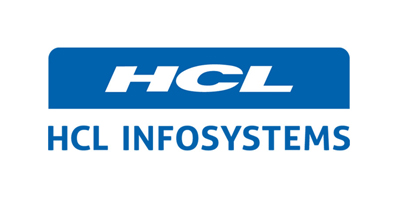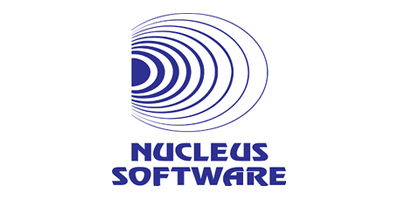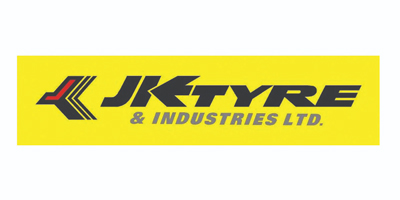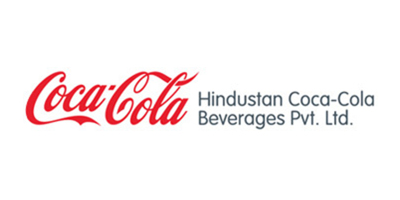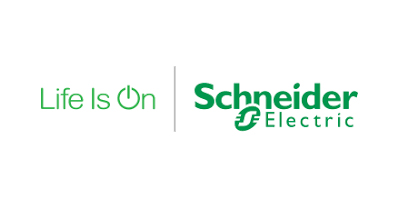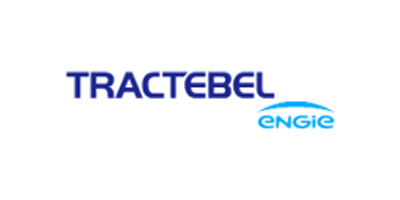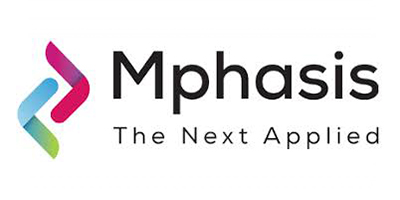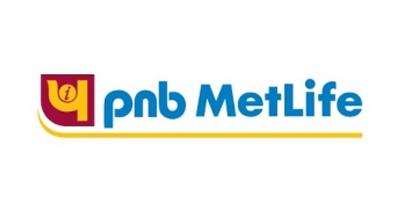
The term “e-waste” is loosely applied to consumer and business electronic equipment that is near or at the end of its useful life. The use of electronic equipment in homes and offices has grown exponentially over the last few decades and according to the the U.S. Environmental Protection Agency, it estimates the average household owns 24 electronic devices.
Each year hundreds of computers, monitors, copiers, fax machines, printers, televisions, and other electronic items become “obsolete”. Rapid advances in technology and an expanding demand for new features accelerate the generation of “old” electronic equipment. Hazardous materials such as lead, mercury, and hexavalent chromium are found in circuit boards, batteries, and cathode ray tubes (CRT’s)..
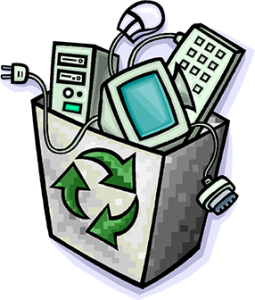
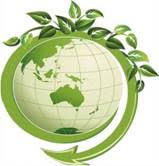
If “Managed” safely by Recycling, E-waste can be secondary source of raw material and other benefits are.


